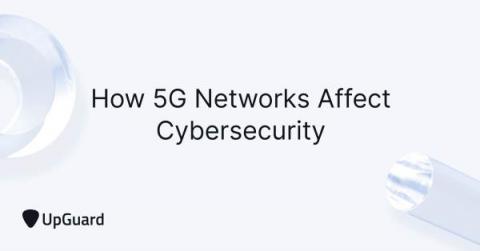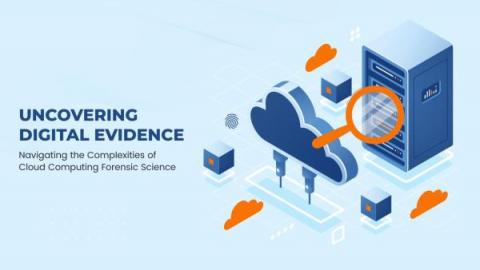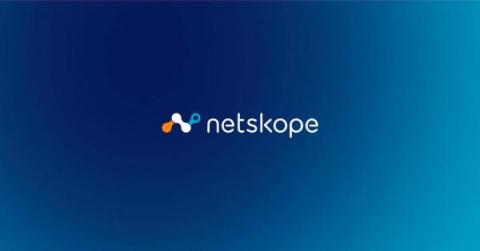Security | Threat Detection | Cyberattacks | DevSecOps | Compliance
Technology
People or AI?
Security teams are faced with relentless cyberattacks, and they cannot engineer defenses fast enough. SOC teams face limited visibility, insufficient context, and the inability to identify the threats that matter. Analysts are even more burned out, switching from tool to tool, frantically trying to make sense of what they are seeing.
Another Perspective on ChatGPT's Social Engineering Potential
We’ve had occasion to write about ChatGPT’s potential for malign use in social engineering, both in the generation of phishbait at scale and as a topical theme that can appear in lures. We continue to track concerns about the new technology as they surface in the literature.
A Big Week at RSA - Hot Company in API Security, API Defenders on the Show Floor
With warm and sunny weather expected all week, a bunch of the Salt team is thrilled to be at RSA in San Francisco! We’ll get the chance to talk with security leaders about why API security has become a priority project, and we’ll get time to catch up with customers and each other. It’ll be a great week!
Accelerate Your Security Transformation with Google Workspace and CrowdStrike
Each day, enterprise and public sector IT teams face new challenges when managing hybrid work for networks of hundreds, or even thousands, of users. A more distributed workforce means an increased reliance on collaboration and productivity tools. It also requires a strong strategy to protect these systems against vulnerabilities and modern cyberattacks.
Improving software supply chain security for cloud applications and workloads
Uncovering Digital Evidence: Navigating the Complexities of Cloud Computing Forensic Science
Forensic investigators must understand how to navigate challenges to successfully uncover digital evidence in the cloud. By following best practices and utilizing the latest tools and techniques, organizations can be better prepared to investigate cyber threats and mitigate risks.
The AIOps journey: Navigating the path to proactive IT operations
Cloud Threats Memo: Threat Actors Increasingly Exploiting Google Drive
Google Drive continues to be one of the most abused cloud services by threat actors, and the latest edition (April 2023) of the Threat Horizons Report, released by security researchers in Google’s Threat Analysis Group (TAG), shows more interesting examples of how opportunistic and state-sponsored threat actors are exploiting its flagship cloud storage service, to conduct malicious campaigns (and by the way, Netskope Cloud and Threat Report is quoted in the report).










